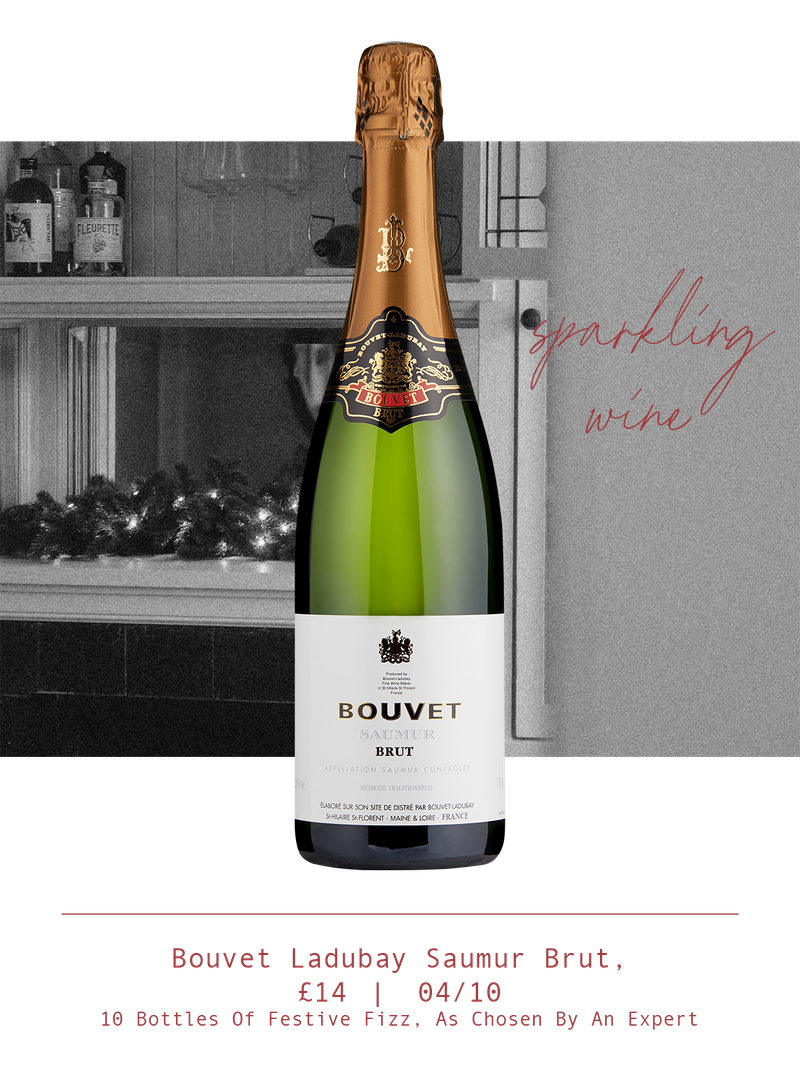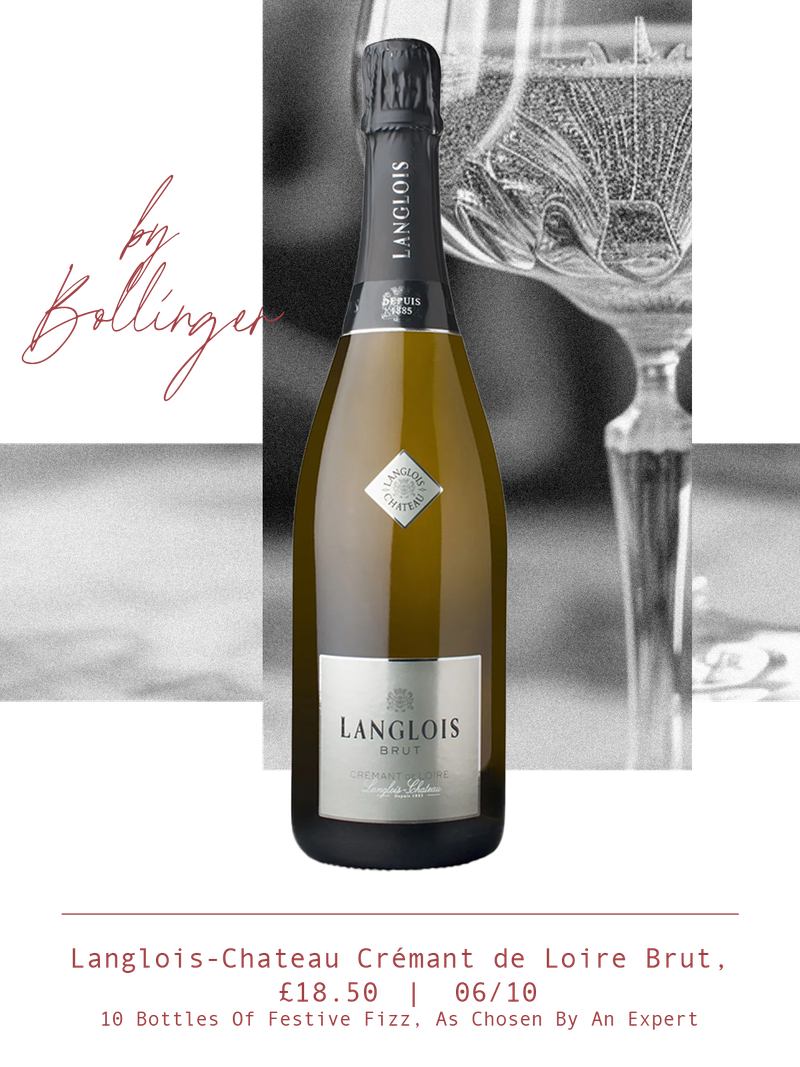

10 Bottles Of Festive Fizz, As Chosen By An Expert
“Designed to be fresh, fruity and extremely easy drinking, this prosecco is fully vegan and the ideal bottle to serve vegan guests. Perfect for holiday gatherings, pair it with festive party snacks like roasted chestnuts or a vegan nut roast.”
Available at MAJESTIC.CO.UK
“Thanks to an extended 15 months of ageing on lees, this cava is full of character. Fine notes of fruit and pastry give way to a well-balanced structure, so I’d pair it with rich festive treats like mince pies or gingerbread to balance the sweetness with the crisp bubbles.”
Available at MAJESTIC.CO.UK
“Codorníu is Spain's longest-standing producer of wine and cava, and for good reason. The cuvée is crisp and fruity – think notes of citrus, apple, almond, honey and toast, with a smooth, creamy finish. It’s great with white meats, so it could be a good one to serve with Christmas turkey.”
Available at VINISSIMUS.CO.UK
“The Loire Valley’s Saumur Brut is good if you like premium sparkling wine – but not the high price tag. Serve it with canapés like mini quiches or stuffed mushrooms, and a creamy spinach dip with crispy crostini.”
Available at MAJESTIC.CO.UK
“The standout label is one of the reasons I love this rosé cava – it’s inspired by Barcelona’s vibrant mosaic art and its famous resident artist, so it’s bound to make a splash when you place it on the table. Team it with festive aperitifs or with your Christmas Day poultry choice.”
Available at MAJESTIC.CO.UK
“The Langlois-Chateau is owned by Bollinger, one of Champagne's most prestigious houses. The crémant is made with the same traditional method as premium French sparkling – it’s the same delicious flavour, just at much better value. A great aperitif, serve it with hors d'oeuvres this festive season.”
Available at FENWICK.CO.UK
“This is classified as a DOCG appellation, the highest ranking in the Italian system. So, if you’re looking for a great prosecco, it doesn’t get much better than this. I’d serve it with festive antipasti platters featuring crispy bruschetta topped with seasonal toppings like roasted peppers and fresh basil, or light, sparkling fruit salads.”
Available at MAJESTIC.CO.UK
“The Gezellen wine estate in the historic town of Tulbagh craft Krone has a collection of vintage-only sparkling wines that are made using the traditional Methode Cap Classique. This approach allows them to capture the unique qualities of each year’s harvest, preserving a snapshot of the vineyards in every bottle. This would work well with a festive seafood feast, featuring perfectly seared scallops drizzled with lemon butter, or a platter of fresh oysters topped with mignonette.”
Available at MAJESTIC.CO.UK
“Not one, but two presidents have served this fizz – Nelson Mandela at his inauguration and Barack Obama to celebrate his presidential win. If it’s good enough for them, then it’s certainly good enough for me and any events you might have in the diary this year. My suggestion is to serve it with cheesy nibbles or a festive cheese board.”
Available at WAITROSECELLAR.COM
“Made purely from chardonnay, this traditional-method fizz demonstrates mastery of Burgundy’s signature white grape in a whole new way. A festive spread of buttery lobster rolls and fresh garden salads dressed with citrus vinaigrette is what this fizz needs.”
Available at WAITROSECELLAR.COM
DISCLAIMER: We endeavour to always credit the correct original source of every image we use. If you think a credit may be incorrect, please contact us at info@sheerluxe.com.











